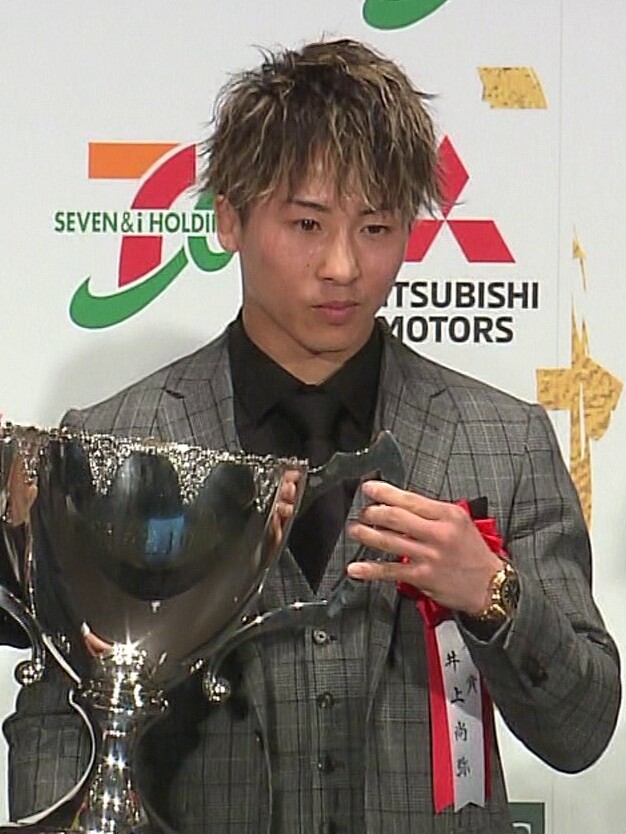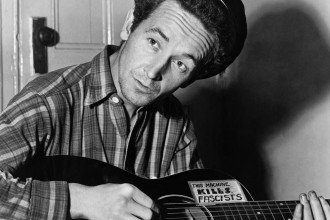Japanese boxing superstar Naoya Inoue’s emergence on the global stage has been nothing less than extraordinary. Nicknamed “The Monster,” Inoue has given boxing fans highlight-reel knockout after knockout, cementing himself as one of the best pound-for-pound fighters in the world alongside other superstars like Canelo Alvarez and Oleksandr Usyk.
Inoue boasts a phenomenal 25-0 professional boxing record and is currently in possession of the WBO and WBC championship belts in the junior featherweight division (122 lbs). Despite his impressive achievements, Naoya Inoue faces a problem that could stain his legacy: He might just be too dominant for his own good.
Naoya Inoue faces a problem that could stain his legacy: He might just be too dominant for his own good
Naoya Inoue was born on April 10, 1993, in Zama, Japan. He made his professional debut on October 2, 2012, as a light flyweight (108 lbs) and gained his first world championship belt after just his sixth professional bout. He would go on to defend his WBC light flyweight title six times before moving up in weight to junior bantamweight (115 lbs) and winning his second world championship belt. He rampaged through this division, defending his WBO title seven times before moving up to bantamweight (118 lbs).
This is the division where Inoue would establish himself as a dominant force in boxing. Previously, Inoue had held a world title from only one of the four major sanctioning bodies. This time, Inoue would go after all the world titles available to him within the bantamweight division. In commanding fashion, Inoue won the IBF, WBA, WBC, and WBO world championship belts respectively, knocking out every single world champion in the division. Inoue became the first bantamweight undisputed champion in the four-belt era. Without any remaining challenges, Inoue moved up to the junior featherweight (122 lbs) division in 2023. He is the current junior featherweight WBO and WBC unified champion.
Boxing as a sport is defined heavily by its rivalry. From Muhammed Ali vs. Joe Frazier to Canelo vs. Golovkin, the greatest fighters to ever step into the ring participated in legacy fights. It is a physical demonstration of the human experience, from pain and joy to fear and courage. However, it is only when the best fight the best that this experience is on display. At the highest level, there is little distinction between the pure skill that the champions possess. Rather, fights are often determined in small moments of brilliance or sheer determination, brought out when fighters are pushed to their limits.
It is a physical demonstration of the human experience, from pain and joy to fear and courage.
Inoue has yet to be brought to this limit. With one of the highest knockout percentages among boxing champions (88 percent), his fights have only lasted the full twelve rounds three times in his entire professional career. The closest he has come to struggling was in 2019 against future Hall of Famer Nonito Donaire, who broke Inoue’s orbital bone. However, Inoue still went on to win the match decisively. The rematch between the two fighters three years later saw Inoue inflict a brutal beatdown on Donaire with a second-round knockout.
The one-sided nature of Inoue’s fights, while heavily entertaining, has somewhat turned off boxing fans who want to see Inoue challenged. Furthermore, people unfamiliar with the lower weight classes attribute Inoue’s dominance to his fighting weaker fighters. In reality, Inoue has made great fighters look ordinary. However, his situation is rather unique. In the heavier weight classes, several champions possess the ability to challenge each other and are at least somewhat comparable in skill level, which makes fights interesting. In the lower divisions, it is Inoue then everyone else.
The one-sided nature of Inoue’s fights, while heavily entertaining, has somewhat turned off boxing fans who want to see Inoue challenged.
One way to combat a lack of competition is moving up in weight. Inoue’s transition to junior featherweight proved to be the logical move after he cleared out the bantamweight division. In his first junior featherweight fight, Inoue took on Stephen Fulton, the WBO and WBC unified champion. Boxing fans anticipated a competitive fight. Inoue was coming up in weight, and Fulton was the #1 ranked junior featherweight at the time. It was logical to think that Inoue was finally going to meet his match. However, the fight was once again a one-sided beatdown with Inoue knocking Fulton out in the eighth round. Before the knockout, official scorecards had Inoue winning six out of seven rounds.
Since Inoue’s defeat of the best boxer in the division during his first fight, the hype generated from his move up has largely died down. The idea that Inoue would find competition as a junior featherweight disappeared. The upcoming fight against Marlon Tapales, the IBF and WBA champion, is likely to be uncompetitive, with Inoue walking through Tapales with ease. If Inoue wins against Tapales, he will become the second fighter in boxing history to be the undisputed champion of two different weight classes.
Many boxing fans want Inoue to move further up in weight. However, the question has to be asked about what weight Inoue would have to reach to find a competitive fight. At 5’5 with a relatively small frame, increases in weight are becoming more difficult, with Inoue still adjusting to 122 lbs. Inoue originally started fighting at 108 lbs and has joined the elite club of four-division world champions. It seems unlikely that he could make it to the 130 lbs and 135 lbs divisions.
With Inoue reaching the upper limits of his weight, and lower divisions lacking challenge, it remains to be seen whether we will get the fight Inoue and boxing fans all want to see.








